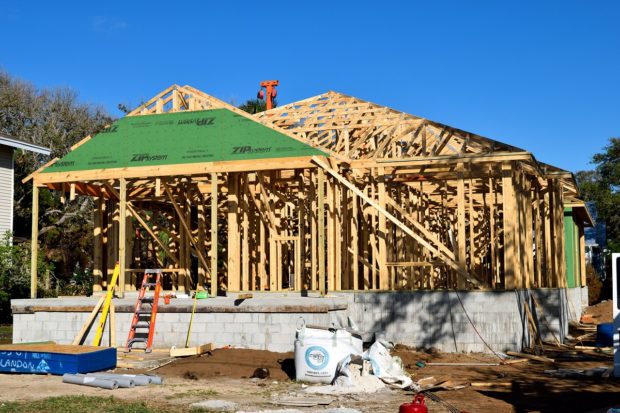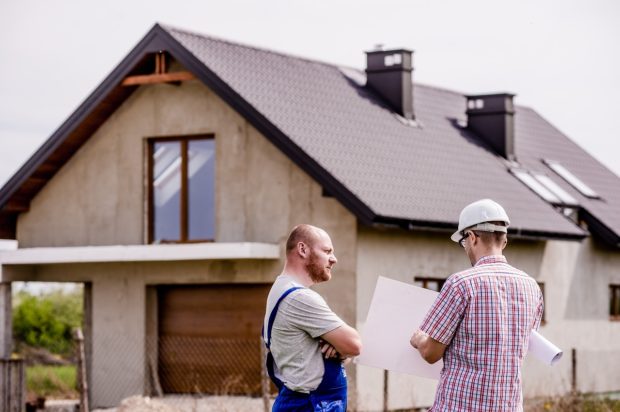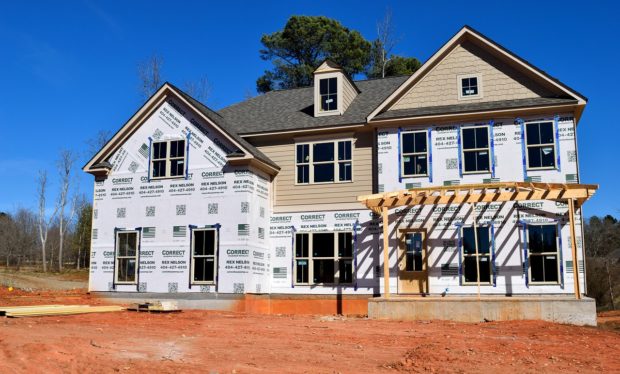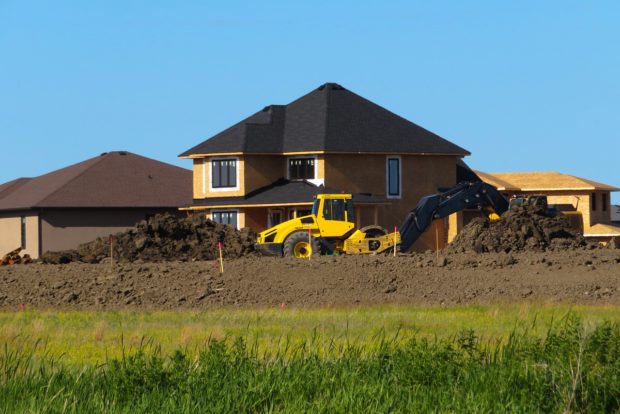Your home contractor won’t tell you everything—that’s honestly too rich to expect in this day of burgeoning building costs. Residential spaces are evolving in design and purpose; you must watch out for these not-often-brought-up issues before moving in.
You will hear from wronged homeowners how horrified they were moving in to their new home. They’d all unanimously admit to moving in way past when they planned to, with the bonus of being gobsmacked with a long list of deficiencies to be fixed—from wires hanging out of unfinished walls to a cracking foundation risking collapse.
Hands-down, all problems emerging from the builder’s negligence, but other than staring jaw-dropped at these abysmal conditions, you need to rethink what you can do to damage control, if not evade them altogether.
Every time you feel you’re being led on to believe something by your builder, keep this list close.
Mistake #1: Accepting Face-Value Claims
When speaking to a builder, keep an open mind to read what they’re not clarifying. First-time homebuyers are spun on the most unsuspicious matters where builders may claim expertise over a certain type of construction they’ve never done in the past. If you’re looking at a modular kitchen with a bar, ensure your contractor has projects to show you modular construction work before discussing any details further.
Mistake #2: Working Without Air-Tight Contracts
Verifying claims through past customer recommendations is one half of the deal, the other is fleshing out the specifics within each construction segment as laid out in the construction plan. You want to be careful to not allow too much of an opening for your contractor to make big-ticket decisions such as buying materials. Contractors can accommodate fat margins for buying supplies if you haven’t confirmed details including the brand, cost, durability and related matters—adding up to a huge bill that began as an innocent estimate. Your contractor contract needs to spell out every piece of activity occurring on site with cost breakdowns, labour employed, and time taken for completion.
Mistake #3: Dismissing Daily Inspections
You’re looking at spending the next three to four months with your contractor that won’t necessarily go according to plan. There’s ample room for unexpected happenings, which is why you need to be on site every day to oversee if operations are under control and following the construction plan and specifications to the last detail. Daily inspections can give you a progressive perspective into your building plans falling in place—you might even think of putting in a change order if what you originally thought isn’t quite meeting desired output. Procore Technologies demystify how general contractors contribute to the construction process while distinguishing their role from that of the construction manager’s—who represents a construction company should you choose to hire them in either building a new home or remodelling your existing space.
Mistake #4: Leaving Warranty Coverage Unconfirmed
Warranty is your crisis-rescuer if the builder has left loose ends—which they do in most cases. Always work with a contractor that provides warranty coverage in the contract since damages occurring out of shoddy construction, poor installations, and other defects can potentially involve tens of thousands of dollars shelled out for repairs. Nobody deserves to pay for others’ mistakes. And so you’re served a disclaimer to compulsorily include a warranty to avoid future financial drains.
In other news, builders also don’t quickly process warranties. This will need you to proactively hound them to implement fixes if something goes wrong horribly. Carefully assess what’s included in the warranty in the pre-construction inspection phase as there are typically deadlines to different warranty claims. If you think the builder isn’t fairly accounting for legitimate risks, be sure to get them to include addendums to warranty clauses that cover you should eventualities come in force. Warranties come with pre-conditions; primarily needing you to satisfy maintenance conditions before they can be validated in the event of an agreed-upon or unforeseen incident.
Mistake #5: Not Capping Costs
All preposterous builder costs start out as naïve-looking estimates at the time of a purchase agreement. Your construction contract will undergo many adjustments to accommodate shifting priorities. A straightforward kitchen faucet fixture may materialize charges for plumber verification fees and extra installation costs. You will have to pay close attention to each item and discuss associated charges for fixtures you really need and discard ones you don’t.
Mistake #6: Ignoring Builder Verification
A no-brainer step eluding perfectly sound buyers eager to move into their new sweet home—checking a home construction contractor’s license can’t be taken for granted or “can be done later.” It needs to happen right at the beginning before you sign off on the contract. If you’re contracting them for a customized modular home, you need to verify if special permits govern such construction in your city or municipality. Ignoring this would invite hefty fines from city inspectors and may expose you to safety risks if your contractor hasn’t followed compliance codes throughout the building process.
Mistake #7: Approving Legalese Without Full Understanding
Your purchase agreement becomes binding once signed and doesn’t offer you a second chance to rethink provisions you may have casually skipped.
Legalese is impenetrable for a regular home buyer, which is why onboarding an attorney specializing in home building contracts is essential. They will truthfully evaluate the terms of sale and help you renegotiate ones that don’t serve your interests—ever heard of “disputes arising will be subject to binding arbitration?”
It’s ridiculously expensive to settle disputes around arbitration. Laced with subjectivity, arbitration suits peddle speculation that when investigated can involve hefty fees for professionals discharged by court order—ultimately delaying your project with the continuing misery of spending thousands of dollars in fighting contractor claims.
You’ll usually have a couple of days’ worth of window to have your contract vetted by an attorney to spot check any discrepancies or red-flag terms. Point being, never proceed without credible legal advice.
Mistake #8: Badly Timed Purchase
Whether you’re buying a condo unit or a semi-detached house, the key to buying property is to get in early—before the buying season kicks off.
Working with buyer-conscious experienced realtors will get you good deals that sprout before anyone comes to know of them. Purchasing at the right time will easily save you thousands since when sales slowdown in a certain local market, you have the upper hand in the bargain.
Mistake #9: Releasing Final Payment Without Inspection
If you’re buying a new home, your contractor is mandated to conduct a pre-delivery walk-through taking you over the nitty-gritty of build quality and safety practices before handing over possession. If you’re getting a new place built, you need to ensure quality parameters and building codes have been followed before letting the builder off the hook.
It’s advisable to bring along a well-informed advisor for inspections to note likely deficiencies and have them fixed under agreed-upon warranty provisions.
Mistake #10: Skipping Second Contractor Opinion
In some cases, builders skip building codes under the guise of saving you additional charges. In consultation with a third-party professional contractor, you can double-check if your existing contractor has cleared requisite code compliances. Expensive fines and repairs can severely dent your finances should discrepancies be found. It’s recommended that you have a backup contractor to verify your space has been built to code.
We hope you’ll heed these home-buyer safety commandments to make settling into your new home risk-free.
Comment below if we’ve missed highlighting a costly mistake tanking the home building process!














